Urban water and sanitation reforms in Sub-Saharan Africa
Access to clean water and sound sanitation services are vital for the survival of human beings. These services are even more critical than housing, education, or electricity. They are crucial for human survival, especially in the rapidly expanding urban settings of developing countries. In his new book, Empty Buckets and Overflowing Pits, Roland Werchota shares his analysis of sector reform that focuses on Sub-Saharan Africa, identifying the factors required for the development of water and sanitation services.
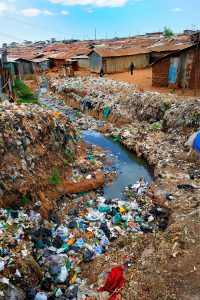
Clean water and safe sanitation
Globally, half of the urban population in the developing world live in crowded low-income areas and slums under deplorable conditions. In today’s world, 690 million people go to bed hungry but almost 2 billion have to consume contaminated water and use inhuman and dangerous sanitation infrastructure every day. Roland Werchota explains how, within a generation, the benefits generated by access to clean water and safe sanitation in relation to health, productivity, dignity and gender equality can outstrip the cost of the infrastructure development required to provide water and sanitation, securing public health and enabling urban society to function and prosper. The recent COVID-19 pandemic convincingly shows how hygiene, which depends on easy access to clean water and a sound sanitation chain, is so important for survival and prosperity of modern society.
While modern medicine can help contain most of the pandemic and epidemics with medication and health installations, over extended periods of time it is costly. Moreover, when infections recur due to unsanitary environments and consumption of polluted water, repeated treatments reduce effectiveness. This underlines the fact that deploying medication as a ‘quick fix’ for public health backfires over time – and it cannot replace water and sanitation development, which has been known since antiquity.
The suffering caused by insufficient access to clean water and a sound sanitation chain is still too silent.
Low-income countries and the global discourse
In his book, Roland Werchota emphasises the stark contrast between the real-world decline in access to clean water and safe sanitation, and the over-optimistic messages disseminated by JMP (the WHO/UNICEF Joint Monitoring Programme for Water and Sanitation) who are responsible for the global monitoring of water and sanitation access. This long-standing discrepancy is highlighted when national leaders declare a state of emergency in urban water and sanitation, yet global monitoring claims that over 90% of people have access to clean water in the same country. For decades, the global targets for water and sanitation access, including the water MDGs (Millennium Development Goals) have failed to materialise. Furthermore, data indicates that the water and sanitation SDGs (Sustainable Development Goals) will not be met.
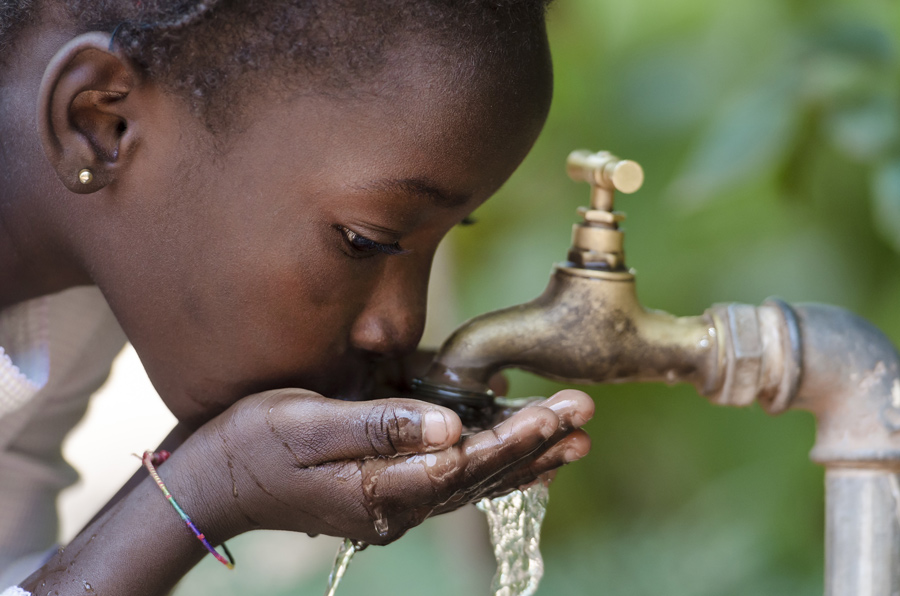
While there are many reasons for these failures, key causes lie with the decision makers’ and experts’ lack of experience in water and sanitation development, as well as the JMP’s definition of water and sanitation access that contravenes the minimum requirements of human rights. The erroneous messages from a global level exacerbate the chronic investment gap in the sector, and result in the unnecessary deaths of hundreds of thousands of children, as well as a billion people being stuck under or near the poverty line. Dr Werchota observes that “the link between access to water and sanitation and poverty is not sufficiently recognised in practice and the suffering due to insufficient access is still too silent”.
Sector reforms in low-income countries
Many countries in the developing world have undertaken ambitious reforms of their urban water and sanitation. The majority have had substantial help from the international cooperation. Unfortunately, few have achieved excellent, sustainable results. To find out why these endeavours accomplish such varied results, Roland Werchota has undertaken research into urban water and sanitation sector reforms in four Sub-Saharan African countries: Burkina Faso, Kenya, Tanzania and Zambia.
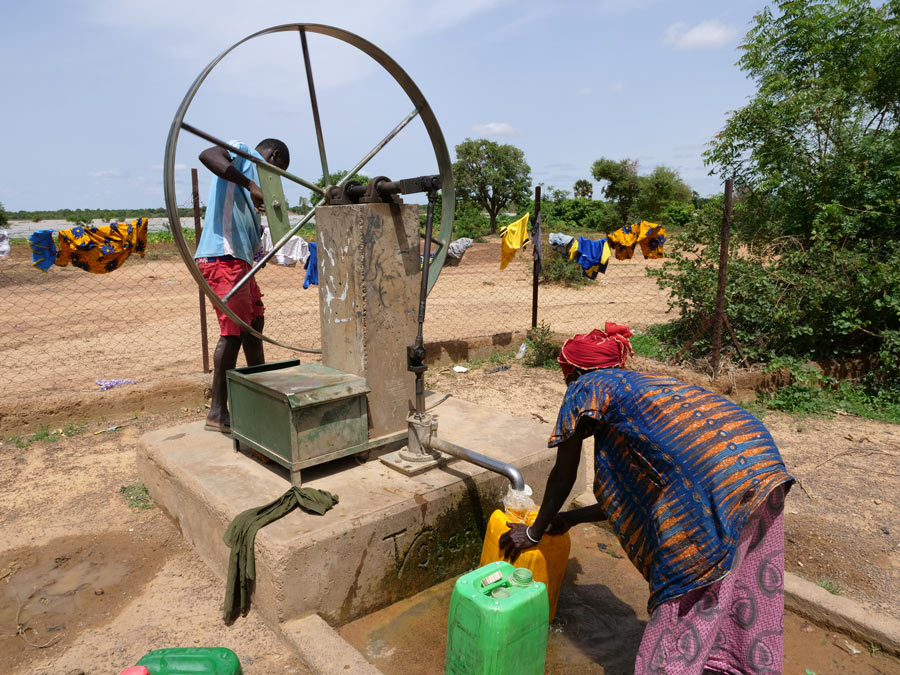
The research objective was to identify the fundamental factors for the sector’s development along with the principles required for an effective sector orientation and then test them in the four countries. In addition to collecting utility performance and investment data, Dr Werchota completed a detailed document analysis about the sector framework and its development and performed extensive expert interviews of the major players and consumer groups within the sector. Different countries measure access in different ways, so new data correction techniques were developed to produce metrics that could be compared across the four countries; as well as the global monitoring data.
Resulting benefits and detriments
Dr Werchota’s latest book details the water sector reforms and the fundamental changes reached in each of the four target countries. The most noteworthy results are that the state institutions have started to pay their water bills regularly and there are movements towards making consumers pay at least operation and maintenance costs. The regulation of utility services has improved both sector information and the implementation of consumer rights. On the other hand, professionalisation is incomplete, particularly in the areas of infrastructure development, fund mobilisation and sanitation development. It was also noted that there is not enough resilience against undue political interference. Consequently, the sector remains unstable. As an example, Tanzania, although benefitting from a huge investment programme (almost three times the amount per capita spent compared with Kenya and Zambia), was unable to stop the negative trend in access and its performance lags behind the other countries.
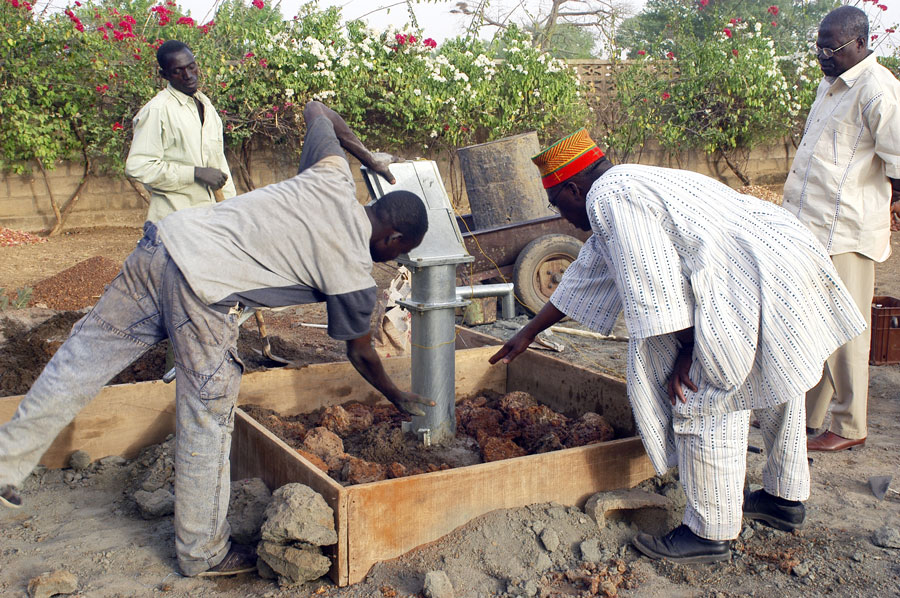
Gilles Paire/Shutterstock.com
Many countries are hindered by their needlessly complex institutional set-ups. Furthermore, corruption is still rampant within the provision of utilities in most of the countries. The investment gap continues to widen because rapid urban growth means that demand is exceeding infrastructure development. The research busted the following two myths: firstly, community management benefits the urban poor; and secondly, it is possible to bring informal service provision into legality, both in the interest of the consumers and sustainable development. Dr Werchota demonstrates that both need to be replaced in the urban setting by centralised infrastructure, which are to be operated by professionals and offer different service levels
The investment gap continues to widen because rapid urban growth outstrips infrastructure development due to insufficient self-reliance on the sector for fund mobilisation.
Burkina Faso’s success
To his surprise, Roland Werchota witnessed Burkina Faso, one of the poorest countries in the world, achieve amazing results. Water coverage in Burkina Faso increased by 54%, while in Kenya and Tanzania it increased by 28% and 25% respectively. However, Tanzania only managed to increase water coverage by 3% after eight years of water sector reforms. Burkina Faso reduced the number of non-served people living in urban setting by half; Zambia managed only a slight reduction, while Kenya and Tanzania failed to reduce the number of people enduring this degradation. Moreover, Burkina Faso’s water utility was the only one to make a significant contribution to urban sanitation coverage.
Six crucial development factors
This research demonstrates how even the poorest countries can achieve high levels of excellence in reforms through improvements in all six crucial development factors – framework, regulation, utility performance, information, infrastructure development and fund mobilisation – and applying policy principles for an effective sector orientation.
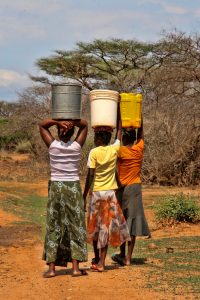
Burkina Faso has the most enabling framework for both water and sanitation. It has effective regulatory instruments in place that function with no need for a regulator. Its sector data are regularly verified by external experts and asset development is professionally managed. The national utility and the ministry cooperate to ensure effective infrastructure planning and fund mobilisation. The average sector self-financing level in Burkina Faso reached 5.4 USD per capita annually throughout the eight years investigated, contrasting with Kenya’s 0.3 USD – and effectively zero in both Tanzania and Zambia.
The researcher notes that Kenya, Tanzania and Zambia are lacking many of the features possessed by Burkina Faso, particularly “the insight that reforms must be a permanent process guided by experienced sector champions”. The lack of connection between the provision of water and sanitation services, the state administration and the poverty orientation is evident, especially in Tanzania.
Recommendations
Roland Werchota’s research highlights the need for a thorough re-evaluation of the sector and recommends that reform concepts combine local knowledge with lessons learned from more advanced countries, and that more research into reforms in developing countries are conducted. He argues that a standardised reform process is unlikely to be successful. Development concepts that don’t include all six crucial factors are likely to stagnate, if not fail. It is therefore necessary to match the reform approach to the complexity of the sector and employ a policy orientation that enables the sector to overcome key challenges, such as socially responsible commercialisation and professionalisation of service provision.
Among the various recommendations documented in this book, the author covers new terrain with his discussion of the growing awareness of the significance of water poverty and water and gender issues, such as fetching water being the women’s responsibility. He explains how streamlining relevant issues can enable the sector to back the countries’ development and contribute to closing the water gender gap in urban areas.

Roland Werchota has ascertained that when the sector concentrates on providing clean water and sound sanitation for the underserved people in the low-income areas, success in the entire sector is highly probable. He elucidates that “this fight against the urban water and sanitation divide (‘water and sanitation apartheid’) is the hard part of service provision”. Serving the poor, however, is difficult, and requires bespoke solutions for the various urban areas if access is to be achieved and water discrimination of the poor brought to an end. Unfortunately, as he remarks, “it seems that professionalised sanitation services for the poor are still distances away, and therefore access to sound sanitation in towns will substantially lag behind water and also sanitation in rural areas”.
Personal Response
What has been the most rewarding outcome of your work?
Despite widespread ignorance and counterproductive interests dominating the discourse, there are examples indicating that even the poorest countries can end the growing urban water and sanitation crises. Engaged reform champions from low-income countries can lift the billions of underprivileged world citizens out of water misery. Comprehensive long-term concepts advised by trustworthy water and sanitation professionals with awareness of the importance of sector self-reliance are some of the preconditions. Success also depends largely on focused and determined leaders who secure the alignment of wayward donors and untrained water NGOs to national sector policies. Once sector resilience is solid, the sector is armed against the latent danger of undue (political) interference and the devastating introduction of untested short-lived ‘innovations’ often pushed by the international cooperation.